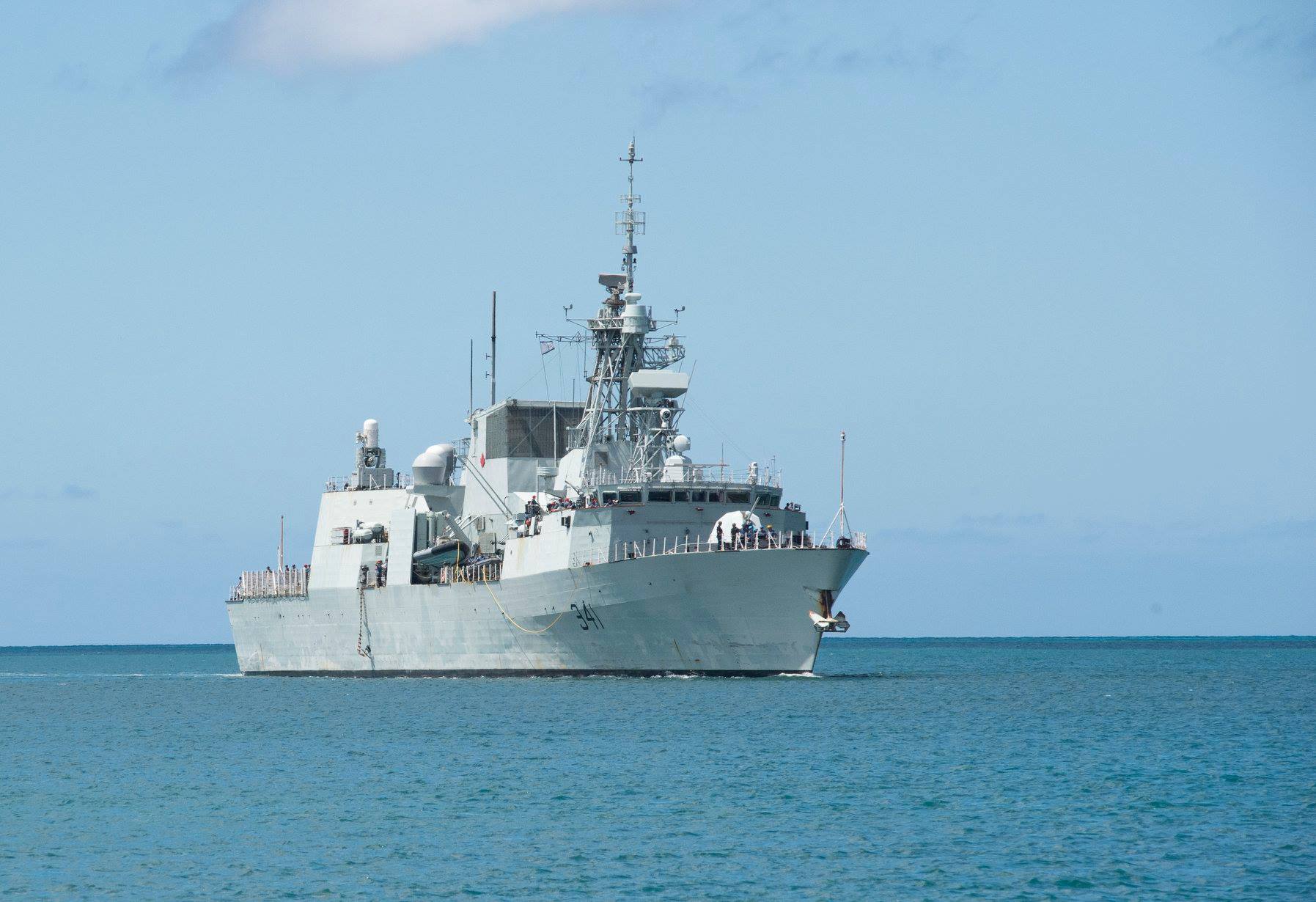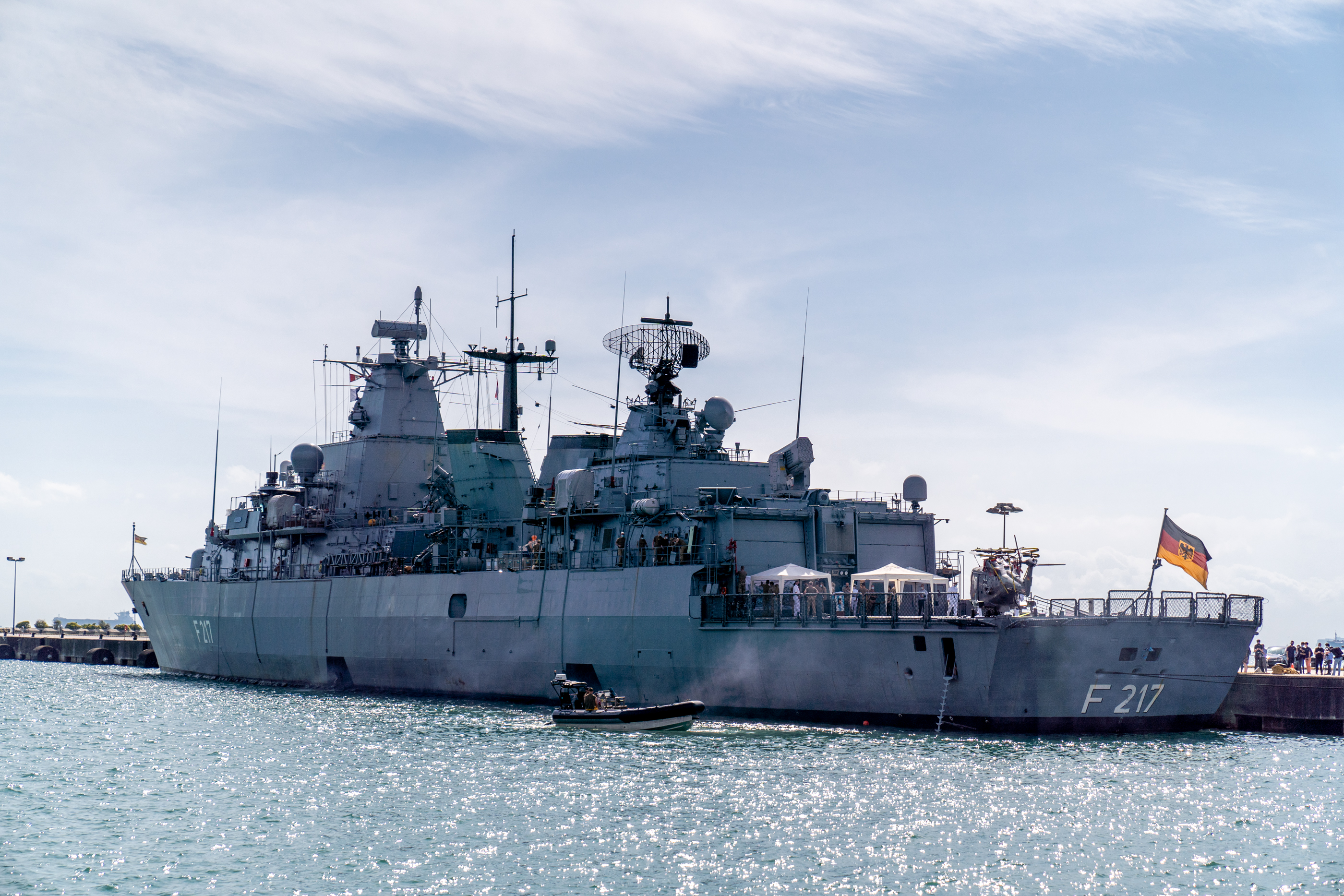
Three senior NATO navy officers said their countrymen have cases of “maritime blindness” and don’t understand how their navies operate.
Speaking at an international navies session at the Surface Navy Association symposium in Arlington, Va., Capt. William Quinn, naval attache at the Canadian Embassy, said despite his nation’s extensive coastlines on the Atlantic, Pacific and Arctic oceans, “I run into many Canadians that don’t know we have a navy.”
In Canada, to bring attention to the sea services and boost enlistments, Ottawa has positioned its reserve components inland — in the Alberta and Manitoba provinces — to attract young people.
Canada needs to address manpower issues as the country modernizes its surface fleet while maintaining readiness, Quinn said.
The lack of naval awareness extends to NATO countries, like Germany and the Netherlands, senior NATO sea officers said.
“Germans love the sea — from a beach,” said Capt. Ivo Schneider, Germany’s naval attache in Washington.
Schneider said Germany uses a training ship to help recruits “learn to serve where they are less comfort zones” of access to digital communications and “learn to serve at sea and the maritime environment” as fundamental to their education in a naval career.

The lack of awareness has hurt the Netherlands capabilities, Marine Col. Jarst de Jong said. He noted the Netherlands’ sea services are already short 17 percent of authorized personnel and the “bottleneck” is particularly acute in the technical skills.
“Nobody in the Netherlands realizes we [in the sea services] are focused on national security,” de Jong said.
“We can’t do it alone,” de Jong said about the recruiting challenges in a nation with a shrinking population. Complicating recruiting in the Netherlands is 20 years of steady budget cuts for defense at a time when civilian careers in technology are booming. He added the new government has raised defense spending to 1.8 percent of gross domestic product, still below the 2 percent threshold that NATO established in 2014.
Some of that can be applied to recruiting and retaining high-quality recruits.
de Jong said the Netherlands government and navy is “trying to create a maritime ecosystem” to include electronics, shipbuilding and the sea services to meet national security requirements and commitments to NATO for collective defense. He added unmanned and autonomous systems could be a major step forward in easing personnel and readiness shortfalls that exist now and could worsen over time.
Looking at future needs, Quinn added, “I’m not saying take man out of the loop” in combat decision-making but there is a role for unmanned systems “going into high-risk areas.”
There are ethical concerns over AI and machine learning in warfare, Schneider said, asking a series of rhetorical questions. “How about computers leading other computers” or “how about computers leading people” in making decisions in combat.
Still to meet future needs and also retain skilled sailors, Germany is to open a new Maritime Warfare Center in Bremerhaven this fall to combine research and training.
Berlin has also worked extensively in the relatively shallow Baltic Sea on improving and modernizing anti-submarine warfare technologies and practices as Russia updated its Northern Fleet’s submarine fleet.
He added ASW remains “a major NATO shortfall area” in the North Atlantic.
Neither Schneider nor Quinn saw the Arctic as becoming an immediate security threat to Germany or Canada. Quinn said that the Northern Sea Route closest to Russia now is more attractive to merchant shipping than the poorly charted Northwest Passage.
“The bigger issue will be how we divide up that pie” of mineral and energy exploration, Quinn said. He added this has to be done while preserving environmental safeguards and the rights of the indigenous peoples.
The Arctic “is a model for the rules-based order,” Schneider said.
When asked about becoming more interoperable with the U.S. Navy, the three said their nations would be joining the USS Gerald R. Ford (CVN-78) strike group for exercises in the coming year.
Schenider said the German navy is also seeking opportunities to train with an American amphibious group in the coming year. De Jong added the Netherlands is also looking at improving its amphibious maritime capabilities as its national security budget rises in the future.





